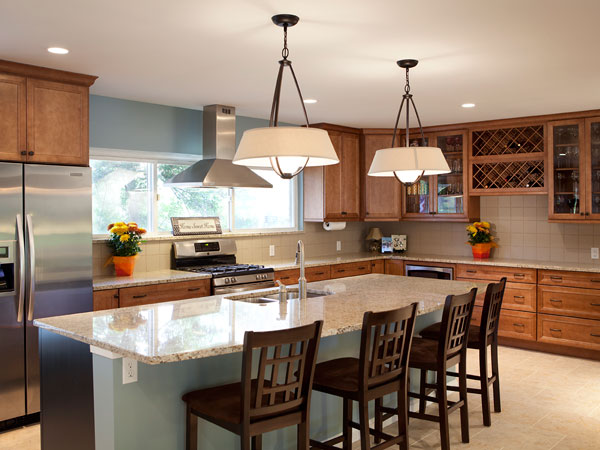
Rendering can involve lots of pushing and shoving, if you are using a ladder, but utilize a scaffold tower and you can utilize the experience if you evolve inside the beginner getting a rendering artist along the way from permanent.
Regardless of whether you develop art otherwise from your scaffold tower is very lower to how prepared and practised you are.

Let’s hold the niggly little questions clarified first.
What is the Among Rendering and Plastering?
Only internal walls are plastered, because the plaster contains gypsum that will crumble when it’s uncovered to moisture. Consider how are things affected to plaster when the moist will get in… not always well suited for outdoors, could it be?!
Rendering might be a much more effective material, which will resist water on outdoors walls. Rendering is unquestionably an earlier practice, beginning australia wide where settlers protected their characteristics inside the elements with a mixture of cement, lime and sand. Rendering originates a extended way since its humble beginnings that’s now an average approach to safeguard houses worldwide.
Clearly the has shifted and developed renders involving acrylics, polystyrene and colour to create more efficient, flexible render limes and cements. Render just protects houses, it decorates them!
Make sure that you take advice when you shop for the render make sure the render you buy is appropriate for that substrate: hold the wrong one and you’ll be transporting everything again within the handful of a couple of days.

Get Rendering!
Initially utilize a scaffold that accesses all of your wall. For virtually any 2-floor house you might need a 5.2 metre tower. Hiring scaffold tower is very beneficial since it allows you to certainly certainly achieve bigger parts of the wall, so you’ll come with an simpler, more even application you does not have to shunt and push a stepladder around, which wastes effort and time.
Hired scaffold towers are quick to produce and lock securely in position, that makes it simple to own instant access for your rendering materials: rag, scoop, plastic float, wire brush, container for mixing the render (wheelbarrow or cement-mixer) and enough render lime or cement to cover your wall.
For individuals who’ve paint in your wall, make use of a gel or paste remover, then make use of a low-pressured washer to clean everybody other walls.
Once you have a totally cleaned wall, you’re to make use of the undercoat (two living in a especially uncovered area, or none for individuals who’ve a ‘monocouche’ render, which doesn’t need an undercoat). Your undercoat should be 8-12 mm thick.
Spraying the wall slightly when you employ the render prevents your application from cracking since it dries (if you’re inside the particularly warm area).
Mix the render and water transporting out a directions carefully over the packet you employ.







